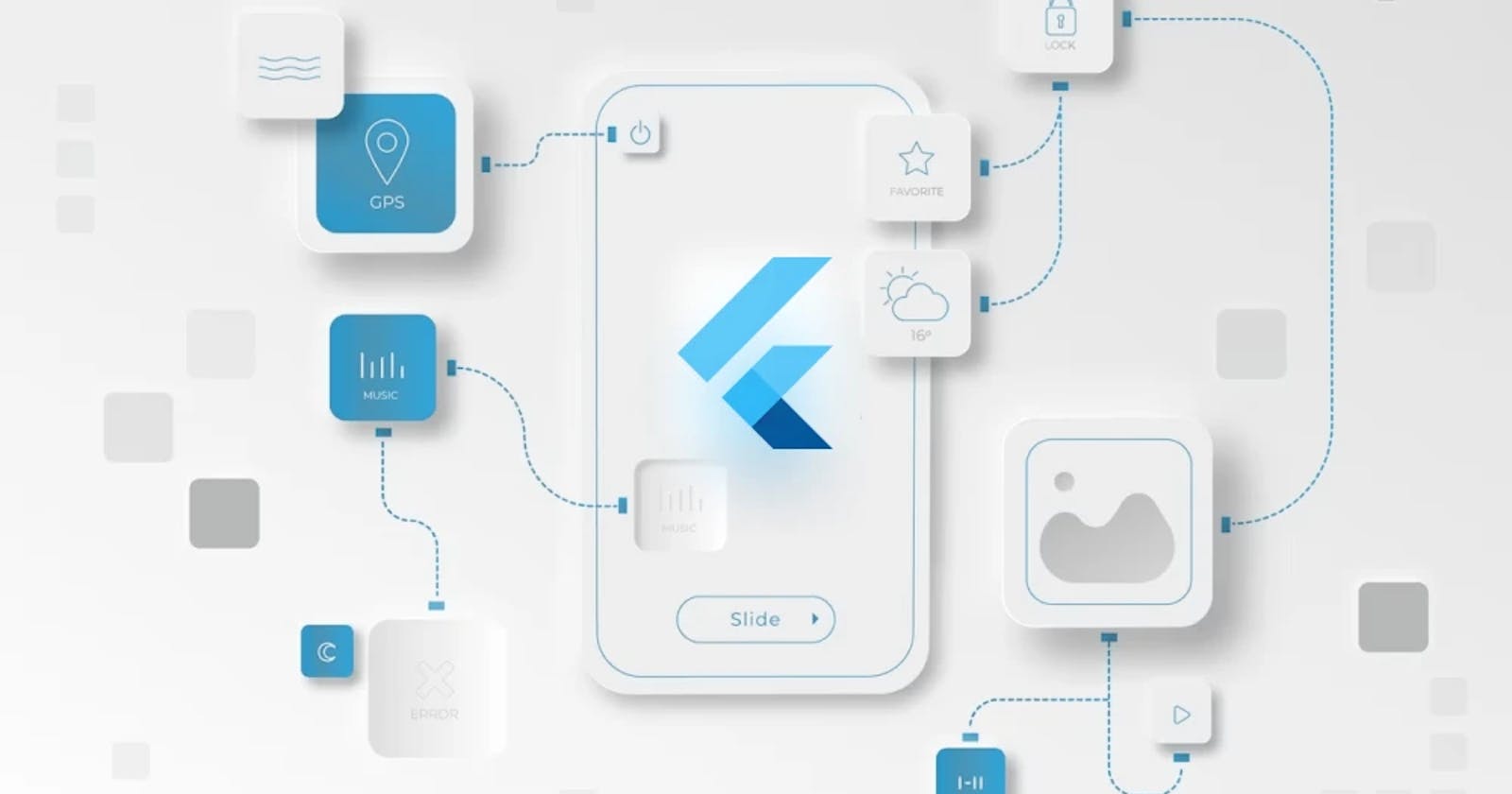Flutter best practises
Best practices that Flutter developers should follow to ensure that their apps are efficient, reliable, and easy to maintain.
Table of contents
No headings in the article.
Flutter is a flexible and powerful mobile app development framework that allows developers to build high-performance, visually appealing apps for multiple platforms. However, building a successful Flutter app requires more than just knowing how to write code. There are several best practices that Flutter developers should follow to ensure that their apps are efficient, reliable, and easy to maintain. Here are some of the most important best practices in Flutter:
Use Immutable Data Models: Prefer using immutable data models (classes with
finalfields) for your app's data. This can help prevent unintentional data mutations and make your app more predictable.Separation of Concerns: Follow the principle of separation of concerns by dividing your app into different layers for UI, business logic, and data access. Use packages like
flutter_blocfor implementing business logic.Clean Code Principles: Apply clean code principles like SOLID (Single Responsibility, Open-Closed, Liskov Substitution, Interface Segregation, Dependency Inversion) to your Flutter code. This promotes maintainability and testability.
Use Dependency Injection: Implement dependency injection to provide dependencies to your classes. This makes your code more modular and testable. Packages like
get_itandprovidercan help with this.Optimize Layouts: Flutter's layout system is powerful but can be expensive. Optimize your layouts using tools like
LayoutBuilder,ConstrainedBox, andListView.builderto reduce unnecessary widget rebuilding.Responsive Design: Design your app to be responsive on various screen sizes and orientations. Use MediaQuery to adapt your UI to different screen properties.
Theming: Use Flutter's theming capabilities to centralize and manage your app's theme. This makes it easier to maintain a consistent look and feel throughout your app.
Internationalization (i18n): Consider adding internationalization support to your app from the beginning. Flutter has built-in support for this, making it easier to translate your app into multiple languages.
Testing: Write unit tests and widget tests to ensure your app's functionality is correct. You can use the
flutter_testpackage for widget testing andmockitofor mocking dependencies.Performance Profiling: Use Flutter's DevTools to profile your app's performance. Identify bottlenecks, optimize them, and ensure your app runs smoothly.
Code Documentation: Document your code with comments and generate documentation using tools like
dartdoc. Well-documented code is easier to maintain and share with others.Continuous Integration (CI): Set up a CI/CD pipeline to automate testing and deployment. Popular CI/CD services like Travis CI, GitHub Actions, and Bitbucket Pipelines can be used.
Code Review: Encourage code reviews within your team. Peer reviews help identify issues early and improve code quality.
Learning and Staying Updated: Stay updated with the latest Flutter releases, best practices, and community trends. Flutter is an evolving ecosystem, and it's essential to keep learning.
Error Handling: Implement proper error handling mechanisms throughout your app. Use try-catch blocks and show user-friendly error messages when needed.
Optimize Images: Compress and resize images to reduce app size and improve performance. Use tools like
flutter_image_compressandflutter_svgfor efficient image handling.App Architecture: Choose an architecture that suits your app's complexity. Options include BLoC, Provider, Riverpod, Redux, and more. Select one that aligns with your project's requirements.
Accessibility: Ensure that your app is accessible to users with disabilities. Flutter provides tools and guidelines for building accessible apps.
Security: Pay attention to security best practices, especially when handling user data. Secure sensitive data and use proper encryption when necessary.
Code organization: Flutter allows developers to organize their code in many different ways. However, it is important to choose an organizational method that is easy to understand and maintain. One commonly used approach is the "domain-driven design" (DDD) pattern, which separates the app's functionality into logical domains, such as user authentication, data storage, and UI rendering.
Error handling: Error handling is an essential part of any app development process. In Flutter, developers should use built-in exception and error-handling mechanisms to ensure that their apps can recover gracefully from errors. It is also important to log errors and exceptions so that developers can diagnose and fix issues quickly.
Performance optimization: Flutter is a highly performant framework, but developers still need to optimize their code for speed and efficiency. This includes using Flutter's built-in widgets and animations, minimizing unnecessary widget rebuilds, and using asynchronous programming to avoid blocking the UI thread.
Accessibility: Accessibility is an essential part of building a user-friendly app. In Flutter, developers should ensure that their apps are accessible to all users, including those with visual or hearing impairments. This includes using semantic markup, providing alternative text for images, and supporting screen readers.
Testing: Testing is a critical part of any app development process. In Flutter, developers should use a combination of unit tests, widget tests, and integration tests to ensure that their apps work as intended. It is also important to use tools such as code coverage analysis to identify areas of the code that need more testing.
Documentation: Good documentation is essential for maintaining and extending a Flutter app. Developers should provide clear, concise documentation for their code, including comments, README files, and user guides. This will make it easier for other developers to understand and work with the code.
Version control: Version control is an essential part of any collaborative development process. In Flutter, developers should use a version control system such as Git to manage their code and collaborate with other developers. This includes using branches to work on new features and bug fixes, merging code changes, and resolving conflicts.
In conclusion, following these best practices in Flutter can help developers build high-quality, efficient, and maintainable apps. While there are many different approaches to building a successful Flutter app, following these best practices can help ensure that your app is reliable, user-friendly, and easy to maintain.
